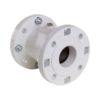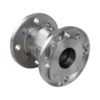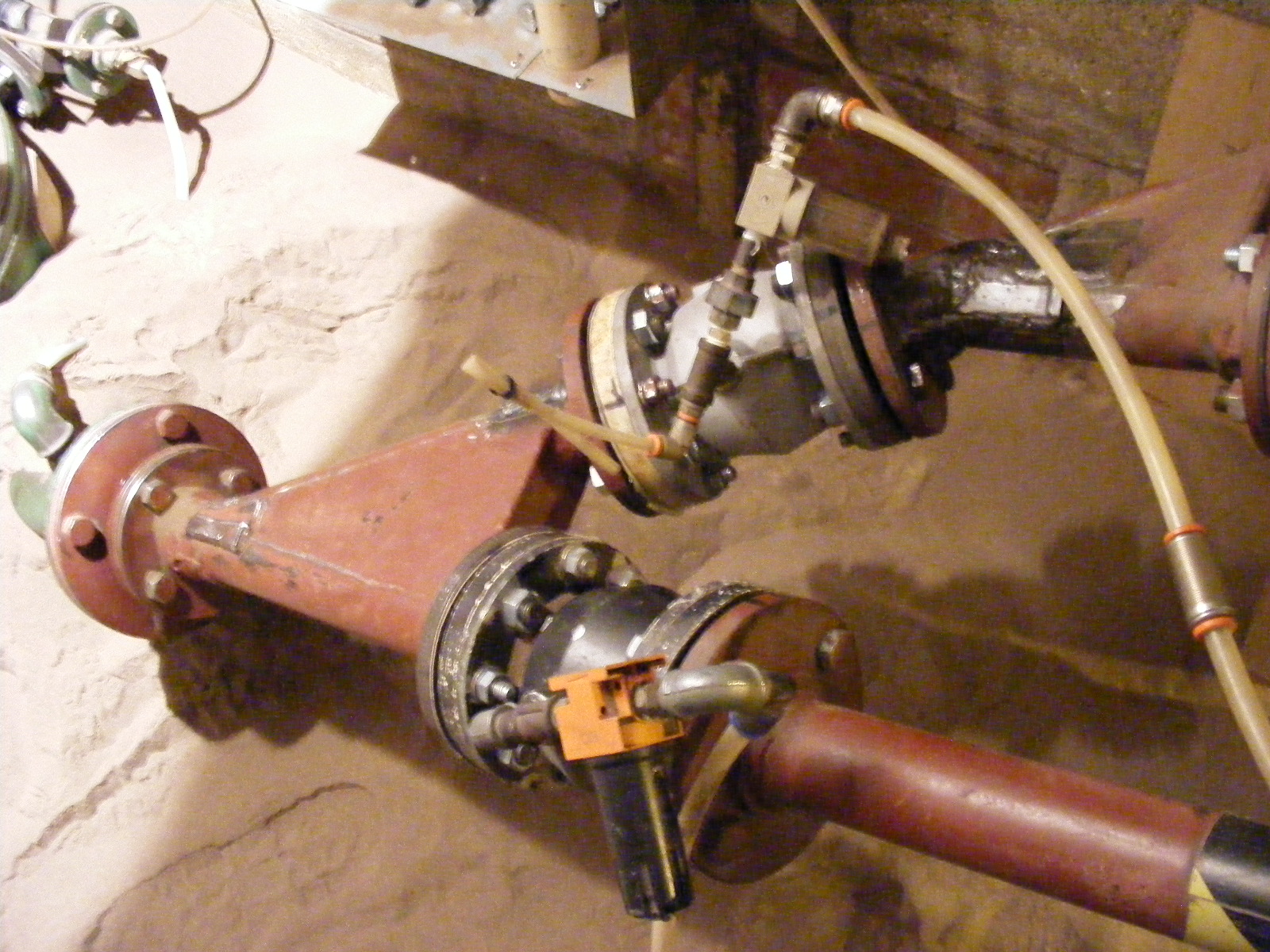Pinch Valves for Abrasive Media
Sand, although fine grade, is obviously abrasive but the natural rubber abrasion resistant sleeve which opens and closes to control the flow inside the pinch valve is very durable. The plant engineer on this plant who kindly spoke to us explained that AKO Pinch Valves for foundry sand are “fit for purpose”. The company have had such a long, reliable experience with pinch valves that they do not intend on using any other types of valves around this plant.
The rubber sleeve inside each valve is replaced when required, approximately every 2 to 3 years. Solenoids and pressure switches are also used in conjunction with the pinch valves.





